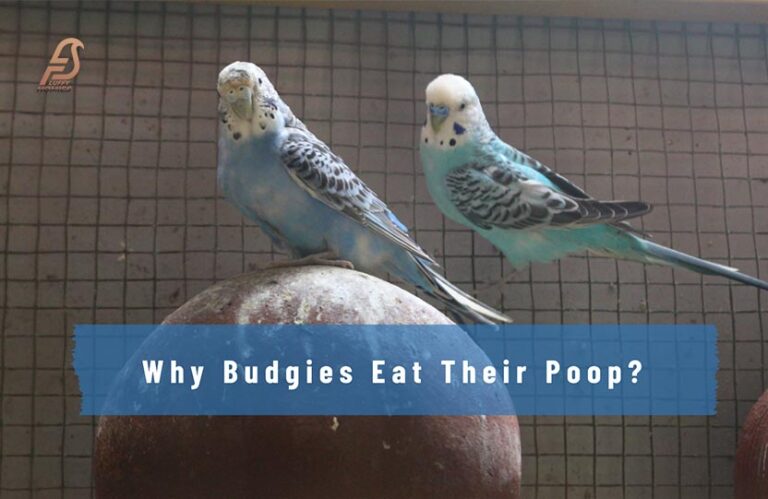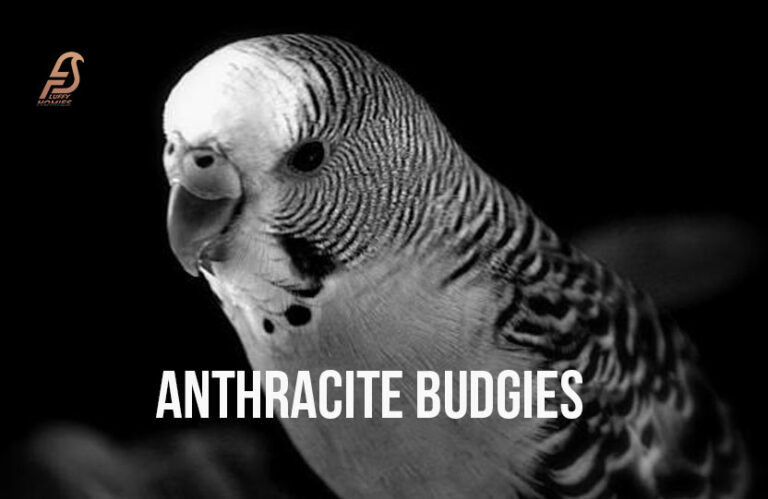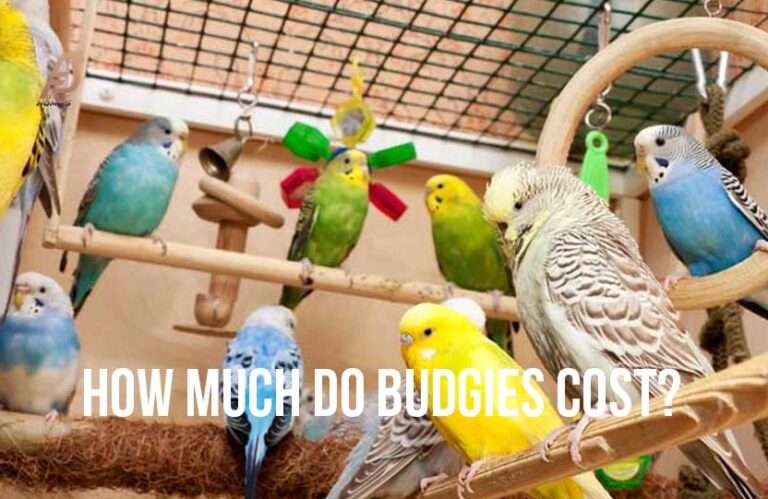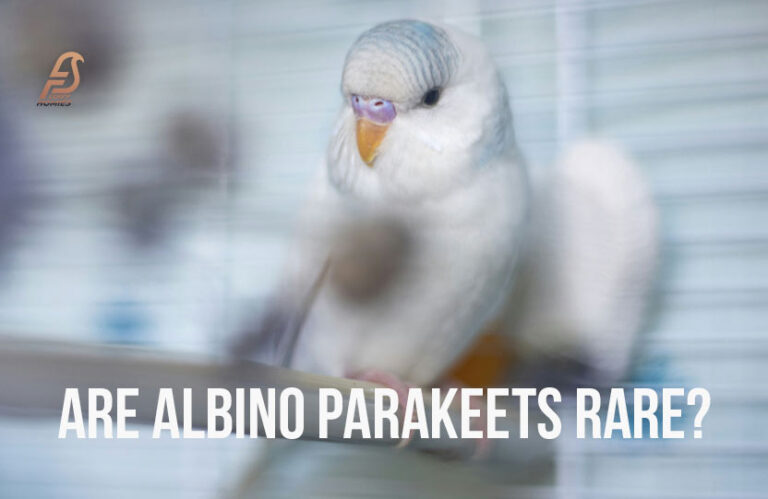Why Is The Hummingbird Just Sitting on The Feeder? (2023)
Hummingbirds are known for their vibrant colors, swift movements, and high-pitched songs. Most People think that why hummingbird sitting on feeder for hours.
These tiny birds are a delight to watch, especially when they are perched on a feeder, sipping nectar from the sugar water solution.
However, have you ever noticed a hummingbird sitting on a feeder for hours? This behavior may seem strange, but it’s not uncommon.
In this blog post, we will explore the reasons why hummingbirds may spend hours sitting on a feeder and what it means for their health and behavior.
Whether you’re a seasoned birdwatcher or just a curious observer, this post will provide you with valuable insights into the fascinating world of hummingbirds.
What Are the Hummingbirds?
Hummingbirds are tiny, brightly colored birds that are found primarily in the Americas.
They are known for their ability to hover in mid-air by rapidly flapping their wings, which can beat up to 80 times per second.
This allows them to feed on nectar from flowers, as well as to maneuver in tight spaces and escape from predators.
Hummingbirds are also capable of hovering in place, making them highly maneuverable and agile in flight.
In addition to their unique flying abilities, hummingbirds are known for their vibrant colors, high-pitched songs, and unique courtship displays.
There are over 300 species of hummingbirds, with a wide range of sizes, colors, and behaviors.
Despite their small size, hummingbirds play important roles in their ecosystems, serving as pollinators and helping to maintain the balance of their habitats.
Is it Normal for Hummingbirds to Sit on the Feeder?
Yes, hummingbirds perching on a feeder is common. As they flutter from blossom to flower in pursuit of nectar, hummingbirds are renowned for having high levels of energy.
They do, though, need to take breaks and preserve their energy, and a feeder might offer them a comfortable perch to do so.
A perch close to a feeder can make it simpler for hummingbirds to locate the feeder and get to its nectar, which is crucial during the migration or when food is in short supply.
Because of this, if you see a hummingbird resting on your feeder, don’t be alarmed.
Also Read: When Do Pigeons Molt?
Why is The Hummingbird Just Sitting on Feeder for Hours?
There are several reasons why hummingbirds may spend hours sitting on a feeder:
Resting
Hummingbirds are energetic creatures, but they still need rest. Sitting on a feeder provides a secure and stable perch for the bird to rest and recover from its active lifestyle.
This is especially important during migration when the birds are traveling long distances and need to conserve their energy.
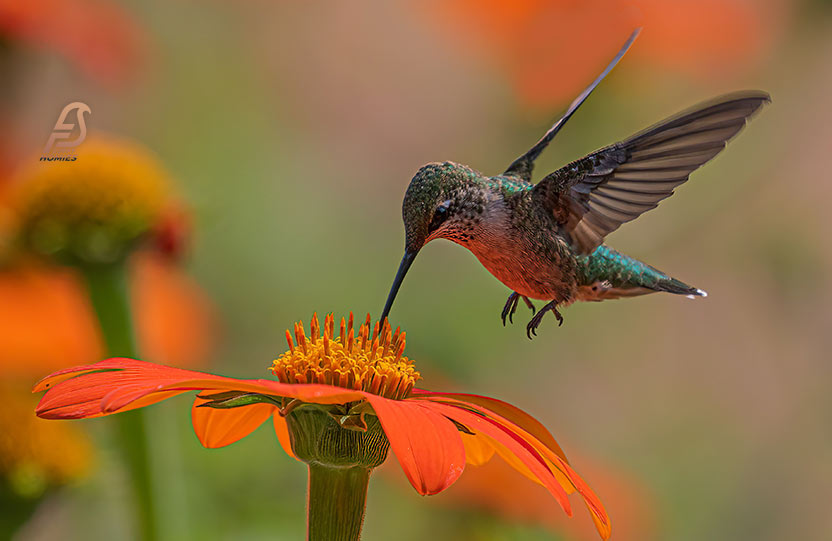
Digestion
After consuming nectar, hummingbirds may need time to digest their food.
Sitting on a feeder gives the bird time to properly process its meal and store the energy it needs to continue its busy lifestyle.
Thermoregulation
Hummingbirds are capable of regulating their body temperature by opening or closing their feathers to control heat loss or retention.
Sitting on a feeder allows them to bask in the sun and warm up their bodies during colder weather.
Sick Birdie
Hummingbirds are active creatures, and if a bird is feeling unwell, it may have difficulty flying or be too weak to continue foraging for food.
In this case, the bird may linger at the feeder, seeking refuge or trying to conserve energy.
Signs of a sick hummingbird include fluffed feathers, lethargy, an inability to fly, and a noticeable decrease in feeding activity.
Territory Defense
Hummingbirds are often extremely protective of their feeding grounds and may engage in territorial defense behavior. In the case of protection birds also chase squirrels and keeps them away from their feeders.
Hummingbirds exhibit territorial claims around nectar-filled feeders, with males feeling protective during breeding season.
To avoid disputes, it’s essential to consider the needs of these little warriors.
Installing multiple feeders spreads nectar across different areas, allowing multiple hummingbirds to enjoy their spaces without stepping on each other’s toes.
Hummingbird behavior offers fascinating insights into their lives and the intricacies of their existence.
Observing these tiny creatures provides a deeper understanding of life and coexistence, proving that even the tiniest actions hold meaning and significance.
Tasteless Food
Hummingbirds can sit on the feeder for hours due to tasteless food. And sometimes birds fight for rights.
Hummingbirds have an acute sense of taste and are picky eaters when it comes to their diet.
The bird may stay at the feeder longer than normal in search of food that it enjoys if the nectar in the feeder is not sweet enough or has gone sour.
It is essential to regularly clean the feeder and replenish it with fresh nectar so that the birds may find food that meets their criteria in this case.
By utilising the proper sugar-to-water ratio (4 parts water to 1 part sugar), the nectar should also be sweet enough to entice the birds and keep them returning.
Clogged Feeding Holes
Hummingbirds feed by inserting their long beaks into the nectar ports to access the sugar water solutions.
If the feeding holes are clogged or obstructed, it can make it difficult or impossible for the bird to access the nectar.
In this situation, the bird can loiter at the feeder while attempting to clear the feeding holes or discover another method of getting to the food.
It’s crucial to routinely wash the feeder and make sure the feeding ports are clear of obstructions and properly functional to prevent this problem.
What are the Different Poses a Hummingbird Takes on the Feeder?
Hummingbirds often adopt different poses when they are sitting on a feeder. Some of the common poses include:
Perched
A hummingbird may simply perch on the edge of the feeder, taking a break before flying off again.
Sunning
In this pose, the hummingbird spreads its wings and tail feathers out to their full extent, exposing them to the sun.
This behavior is thought to help the bird warm up and dry its feathers after bathing or during cool weather.
Sleeping
Hummingbirds will sometimes doze off while sitting on the feeder, especially during the late afternoon or early evening.
They will tuck their head under a wing and appear to be sleeping, although they are still alert to danger.
Also Read: Do Pigeons Die After Mating?
Guarding
Hummingbirds are known for being fiercely territorial and will often chase away other birds that come too close to the feeder.
If a hummingbird feels threatened, it may perch on the feeder and keep a watchful eye out for intruders.
Conclusion
Hummingbirds will often sit on a feeder for hours for a variety of reasons. One reason is to conserve energy and rest after a busy day of foraging and flying.
Another reason is to warm up their feathers and dry them after bathing. Hummingbirds may also perch on the feeder while they guard their territory and keep a watchful eye out for intruders.
These tiny birds may take different poses while on the feeder, such as perching, sunning, sleeping, or guarding.
Regardless of the reason or pose, watching a hummingbird sitting on a feeder can be a fascinating and rewarding experience.
Frequently Asked Questions
Why is the hummingbird sleeping on the feeder?
Hummingbirds sleep on feeders to conserve energy, stay safe from predators and have easy access to food during waking hours.
Why do hummingbirds chase others from the feeder?
Hummingbirds chase others from the feeder to protect their food source and to assert dominance over the feeding territory, which is a crucial part of their mating and feeding habits.
What time of day are hummingbirds most active at feeders?
Hummingbirds are most active at feeders during the early morning and late afternoon, but they feed throughout the day as needed. Hummingbirds are also more likely to be seen at feeders during the warmer months when food is scarce.
Is it normal for a hummingbird to perch?
Yes, it is normal for hummingbirds to perch. They use perches to rest, feed and survey their surroundings, and they often return to the same perch repeatedly.
Do hummingbirds rest or sleep?
Yes, hummingbirds do rest and sleep. Hummingbirds are active during the day and need to rest to conserve energy. At night, they enter a state of torpor, where they lower their metabolic rate and body temperature to conserve energy while they sleep.

